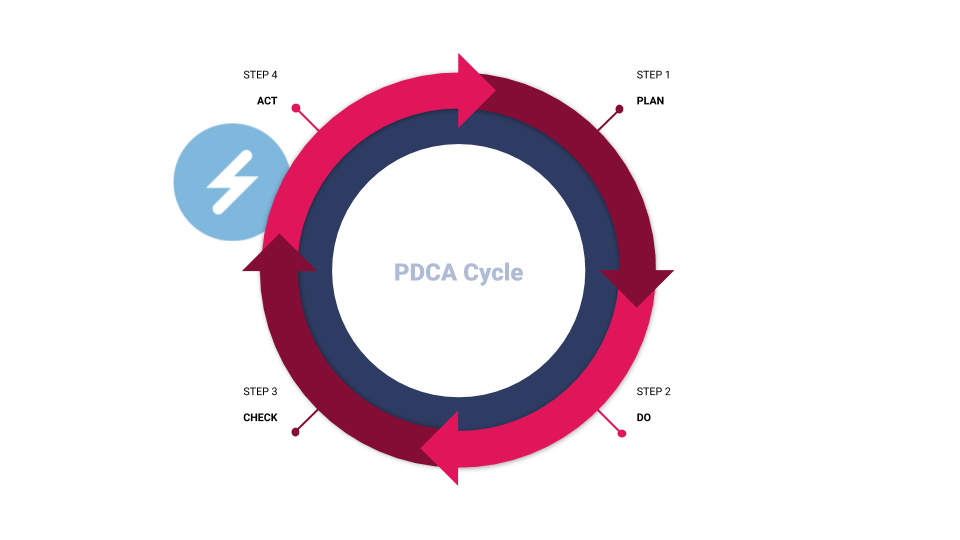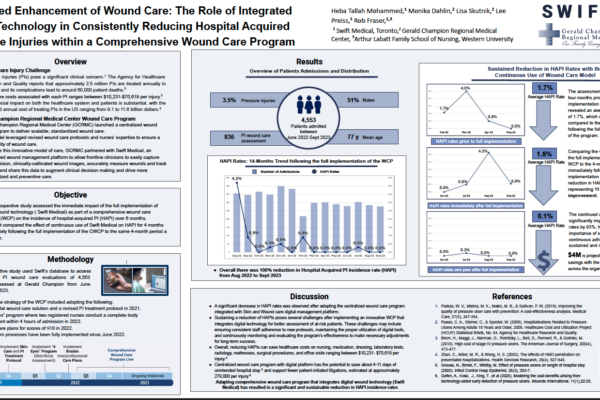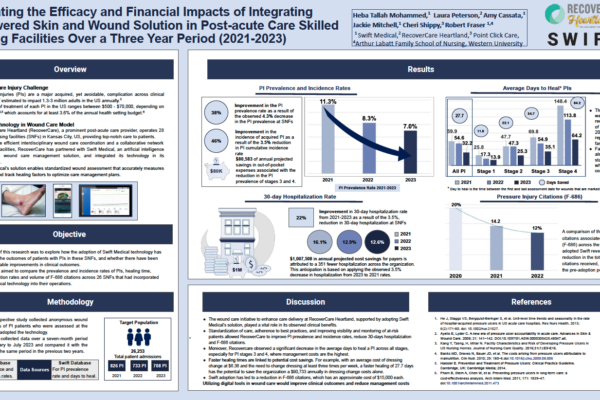If you missed the live event, you can now watch Swift’s Change Management on the Fly Webinar. The webinar addresses the daily changes facing the healthcare industry, emphasizing how great leadership drives and balances these changes. Michelle Waller, Director of Clinical Services at Select Home Care, an experienced educator in project management and emergency preparedness, discussed what it takes to adapt and continue to confidently lead in a time of uncertainty. Select Home Care, and other home health organizations need to continue to serve patients in the face of COVID-19 concerns, strained resources, and forced adaptation. This is where Select Home Care has best utilized technology, like Swift Skin and Wound, and it is in these circumstances that their strong leadership has become so critical.
“Why” is the first crucial question
‘The Whys’ are questions a business poses to determine the necessity for change – they are the fundamentals of initiating a change project. Select Home Care is based in Arizona, where the home healthcare market is extremely competitive. Their leadership looked to Swift after asking critical questions about how they could differentiate themselves in the market. Their considerations included: positive financial impact; compliance with changing regulatory standards; and addressing a previously unmet community need or to better meet existing needs. With those considerations in mind, a key concern was to minimize the stresses of change on the company and its employees.
How to Implement Change
To implement change immediately or longer term, Michelle recommends working through the PDCA cycle.

The leadership team has to make a “Plan” that starts with decision making, based on the effect it will have on the clinical team and business. Under this plan, they must account for how to implement change, piloting the change with a couple of specifically chosen employees as an initial rollout test. This “Check” allows the opportunity for small group troubleshooting, which is far more manageable than for an entire company. Entering the “Act” phase involves the whole team rollout and developing training for staff, guiding them through change with the help of the initial testers. Managing change doesn’t stop once it has been implemented. On an ongoing basis, quality assurance is measured to maintain balanced practices and high standards
How Change Differs in Crisis
The prevalence of COVID-19 and ever- changing standards are more than sufficient answers to the ‘Whys’ required to make a change. Unlike traditional change, the onset of COVID-19 left little time for planning – change had to be managed on the fly.
This is when strong leadership becomes critical. Effective leadership includes filtering and managing the inundations from news and media outlets to properly educate and provide accurate, reliable information. The focus shifts from carefully set methodologies to shorter cycles of planning, doing, checking, and acting. But the process cannot live without an empathetic approach to managing the team and expectations. In the webinar, Michelle Waller expertly addresses the changes she encountered and how she’s working through the uncertainty as well as how that compares to the change management process she used when implementing Swift Skin and Wound at Select Home Care.





